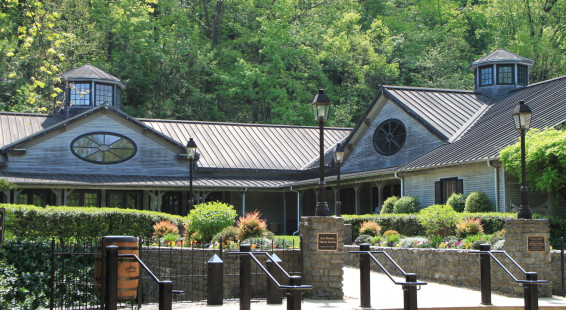
One of the favorite destinations in south-central Tennessee is the Jack Daniel’s distillery, situated in the small town of Lynchburg. It’s about an hour and a half drive south of Nashville and an excellent day-trip destination if staying in Music City. The journey to Lynchburg is pleasant, through the rolling wooded hills of Tennessee which seem not to have changed much since Davy Crockett was hunting and exploring in them.
We had no preconceived expectations and it turned out we were most pleasantly surprised by what an interesting visit this was. The distillery is a charming complex in a lovely wooded setting beside a small creek. It has an attractive modern Visitor Center where you can browse displays about the history of the Jack Daniel’s and some basic steps in the making of whiskey. Free tours run frequently and are well worthwhile. You’ll be shown an introductory film, then taken on a tour of the widespread physical plant and shown all the steps in the making of Jack Daniels No. 7 (presumably Mr. Daniel’s 7th recipe).

Jack Daniel’s visitor center display
This tour includes the following stops (skip over this if you’re not interested in details):
1) Rickery: Maple wood is received in organized palates and is burned in a controlled fire to produce the charcoal subsequently used to filter the whiskey. Several antique fire engines sit nearby, including an original REO Speed Wagon!

Jack Daniels Fire Brigade. Note the REO Speedwagon
2) There is a large creek flowing from a cave in the limestone hills of the distillery’s property. The water in this creek is iron free, an important feature in making whiskey and a keystone to why the distillery remains at this site.
3) Old company offices including the safe that Jack Daniels kicked, injuring his toe; this is said to have lead to gangrene, the amputation of his foot and his death.
4) Milling plant, where three grains (corn, barley, rye) are combined in a ratio Mr. Daniel’s developed. Twenty semi-tractor loads are processed daily. The grain is ground, mixed with water from the nearby creek and some previous fermented stillage is added to begin the fermentation process anew (much like sourdough bread in San Francisco uses pre-existing dough for its fermentative germ). This mixture is known as “mash” and it is subsequently cooked.
5) The cooked mash is cooled and moved to a fermentation tank. Here yeast is added and after six days wherein the grain’s natural sugars are converted by the yeast into ethanol (and CO2), the liquid in the tank is extracted and pumped into a still which is heated. As you’ll remember from organic chemistry, alcohol boils before water allowing its concentration to produce 140 proof ‘moonshine’. (The remnant grain mash is sold to livestock farmers for feed.)

Jack Daniels, Charcoal “mellowing”
6) Clear alcohol is allowed to filter through the maple charcoal (see step 1), a process known as “mellowing” that lasts 10 days or so and which definitely imparts a pleasant odor and taste to the whiskey, though it still stays optically clear after this process. The 140 proof whiskey is subsequently cut with more spring water to produce the desired alcohol concentration.
7) The distillery has its own cooperage which makes the famous oak barrels which are lightly charred inside. Within these barrels the whiskey is allowed to mature for at least four years “until it’s ready” by taste. The period of maturity varies by where the barrel is located in the large storage facility (those closer to the ceiling tend to be ready more quickly than those near the floor). The oak barrels impart much of the flavor and all of the color to the whiskey. Barrels are not reused by Jack Daniel’s, though many are sold to distilleries in Scotland or Ireland (or as they like to say here, “there’s a little Jack Daniel’s in most Scotch whiskey”), as decorative items or cut and used as planters by home gardeners.
8) Whiskey is subsequently bottled, labeled, packed and shipped.
The entire process is impressive and of highest craftsman quality. It was fascinating to see the intricate steps in the making of old No.7. I don’t drink much and have never had an interest in hard liquor, but I definitely wanted to try a sip of Jack Daniels No. 7 after this tour (though none is available as the place is dry). There are other types of whiskey also made here, a variation of the theme. Some is “single barrel”. Another type is filtered through the charcoal twice and another is sweetened with honey.

Lynchburg — Old courthouse
For all practical purposes, Jack Daniel’s = Lynchburg. The distillery is a large complex and adjoins a quaint tourist town with old buildings and shops providing traveler amenities. Most visitors are very surprised to learn that Lynchburg is a dry town (no alcohol sold here) and that the entire county is a dry county, a paradox considering the amount of whiskey it produces for consumption around the globe. The town is only a five minute walk from the distillery and worth strolling through. There’s interesting small stores and several fine restaurants.
Another popular destination that it’s easy to combine with a visit to Lynchburg is a stop at the Stones River National Battlefield. This battle marked an important turning point in the Civil War. While the Confederate troops initially inflicted heavy damage, the Union forces rallied for an important victory. The battle is also important because of it’s high fatality rate (the highest of any Civil War battle) and that it had the most casualties of any battle west of the Appalachians. If you would like more details on the maneuvers and strategies of this battle, please go to this link.
(Click on thumbnails to enlarge, right arrow to advance slideshow)
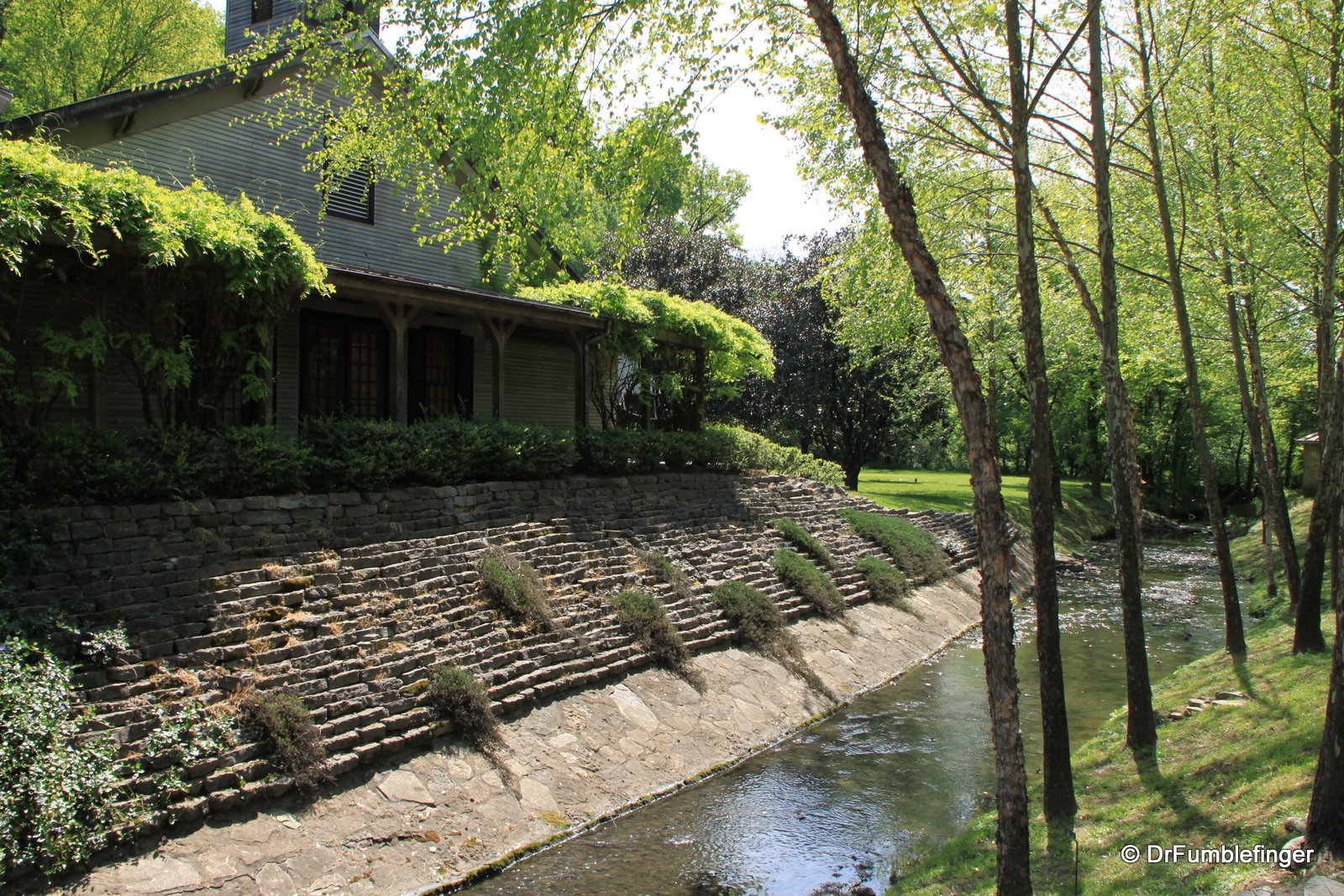


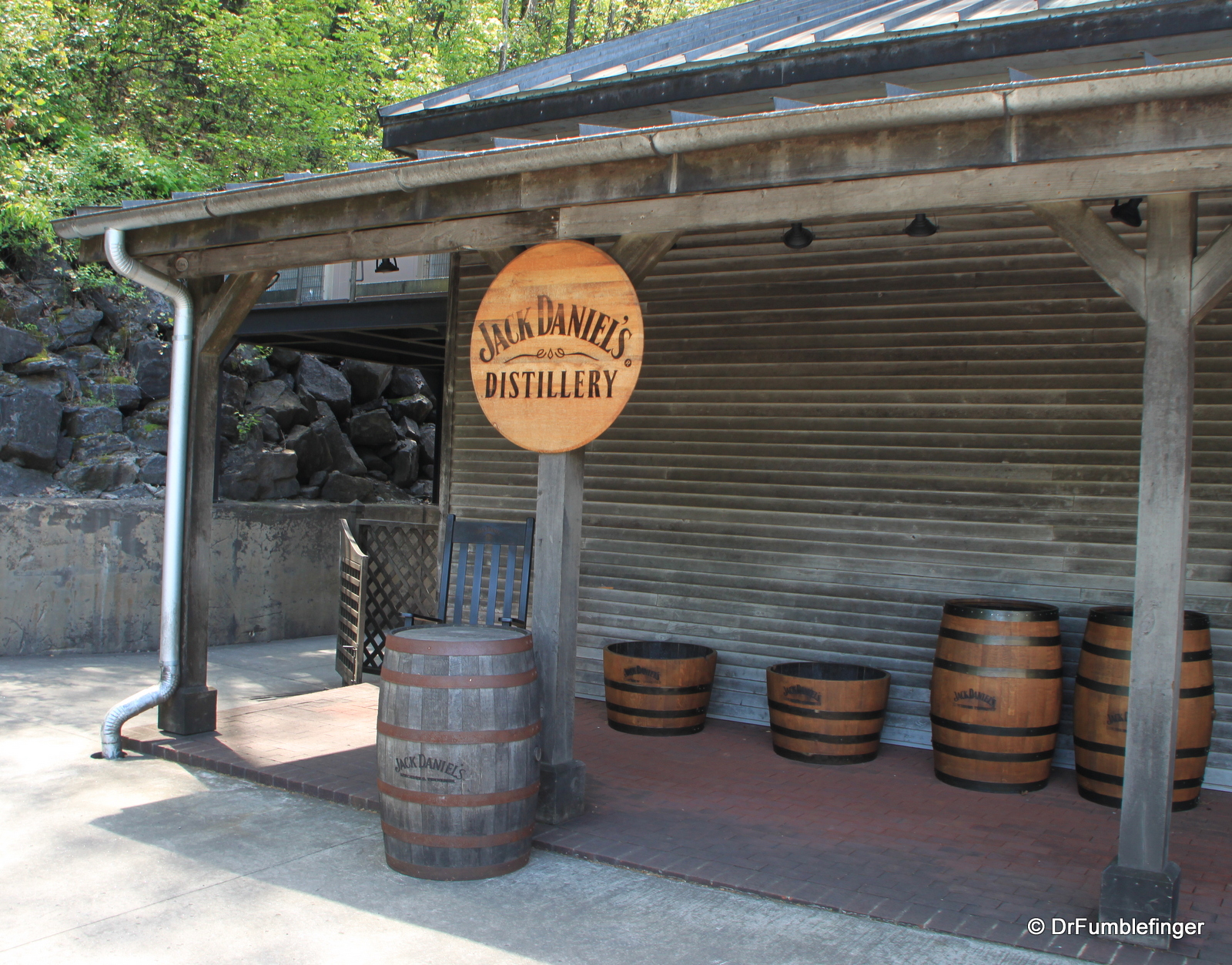


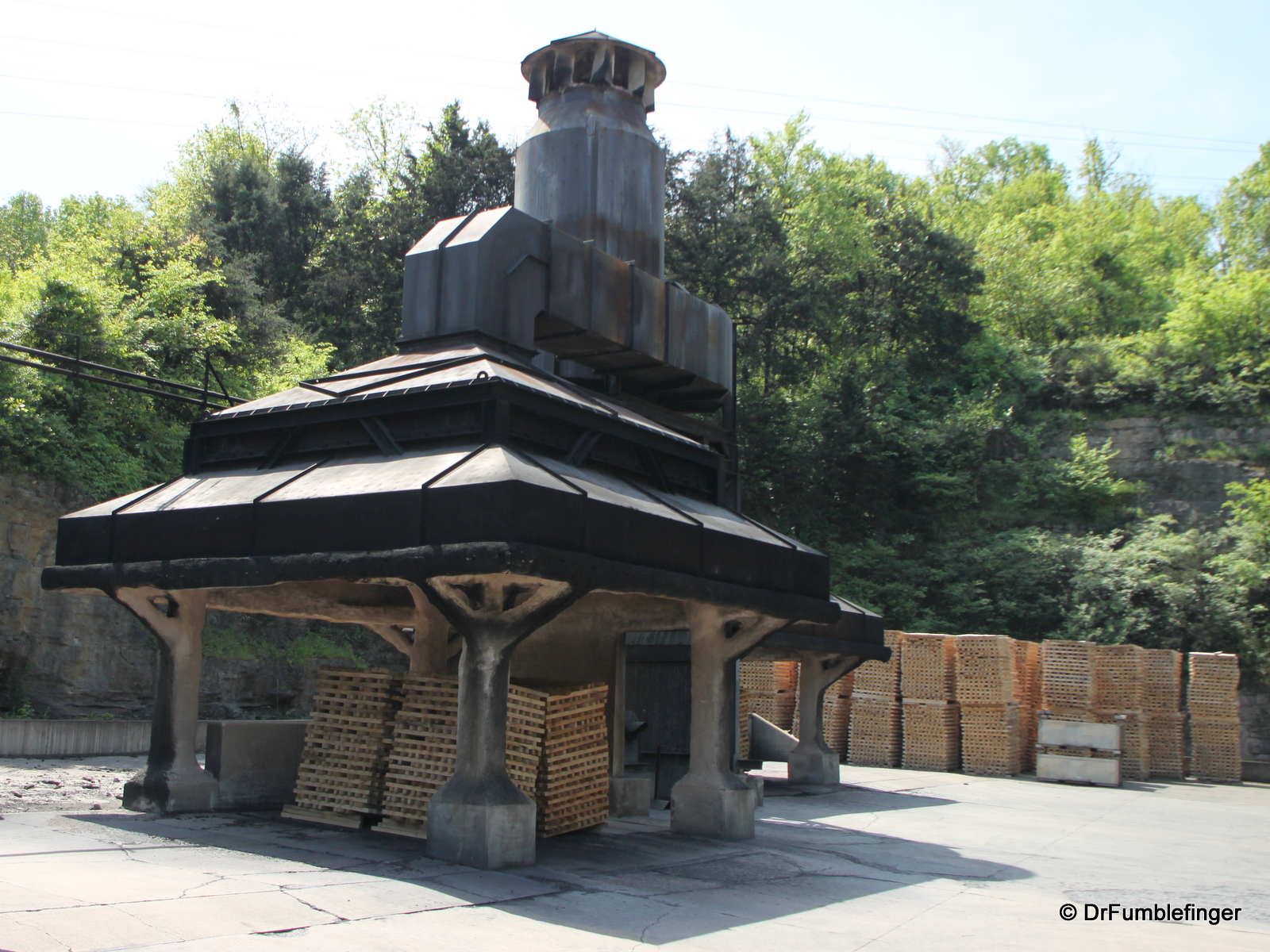
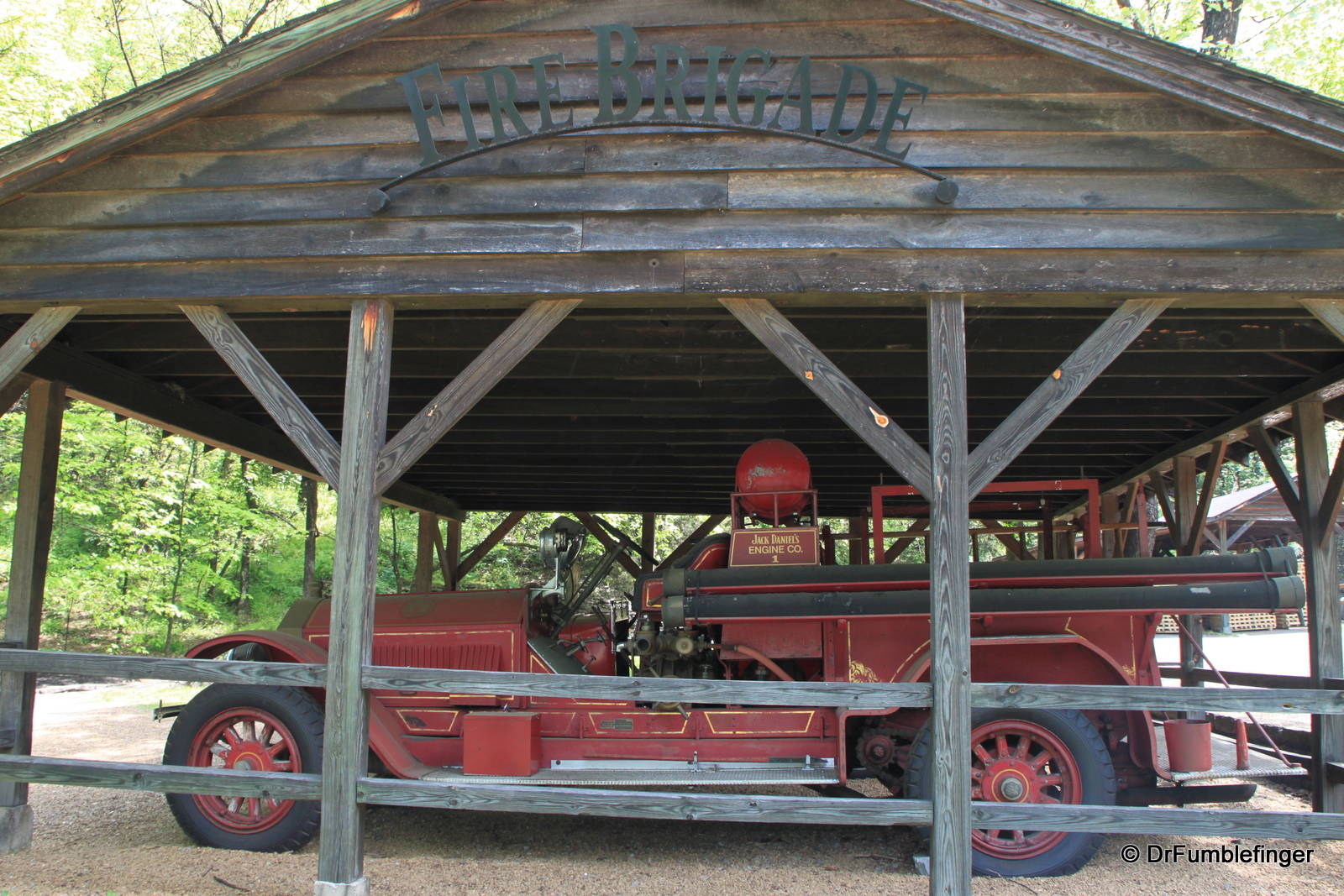

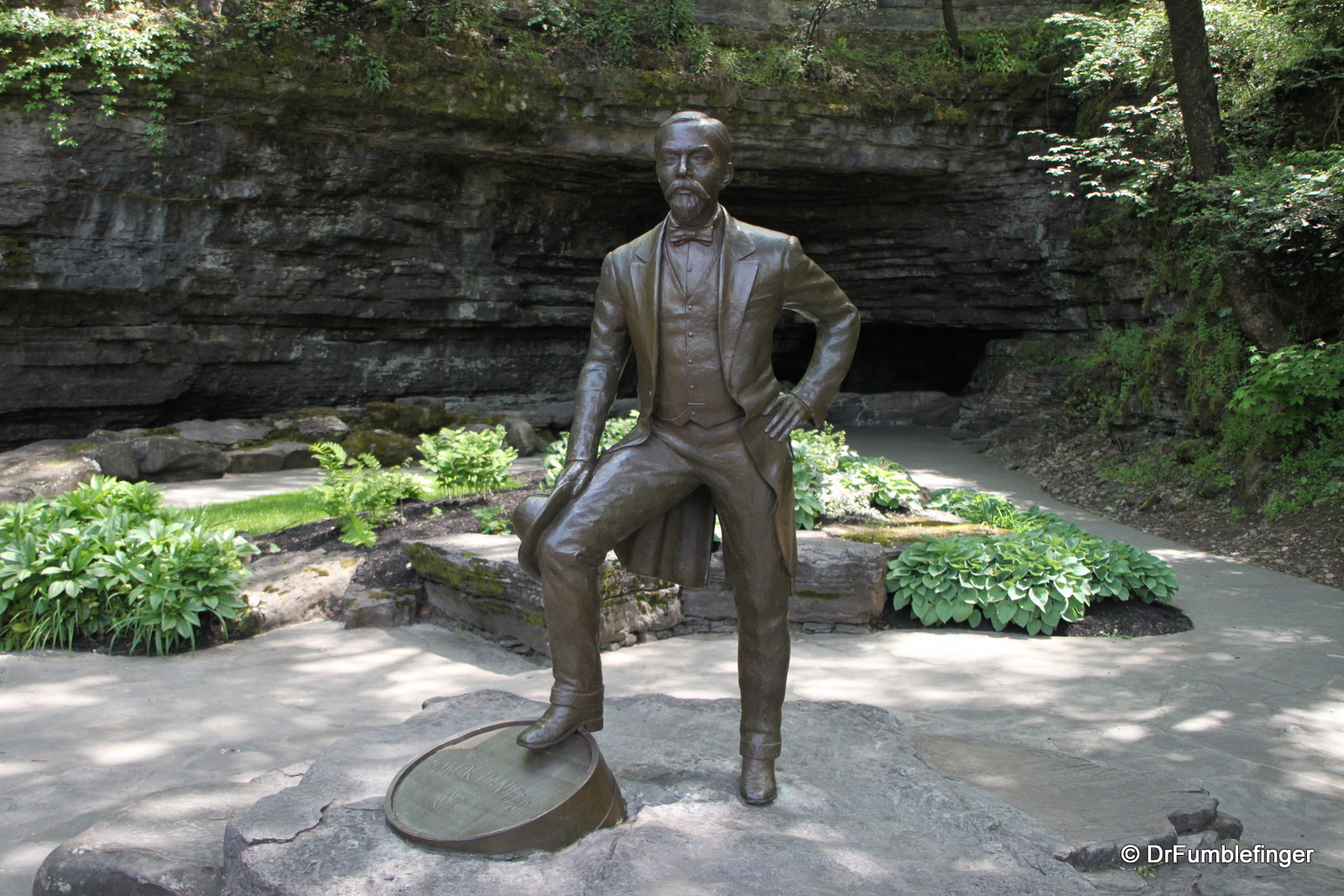
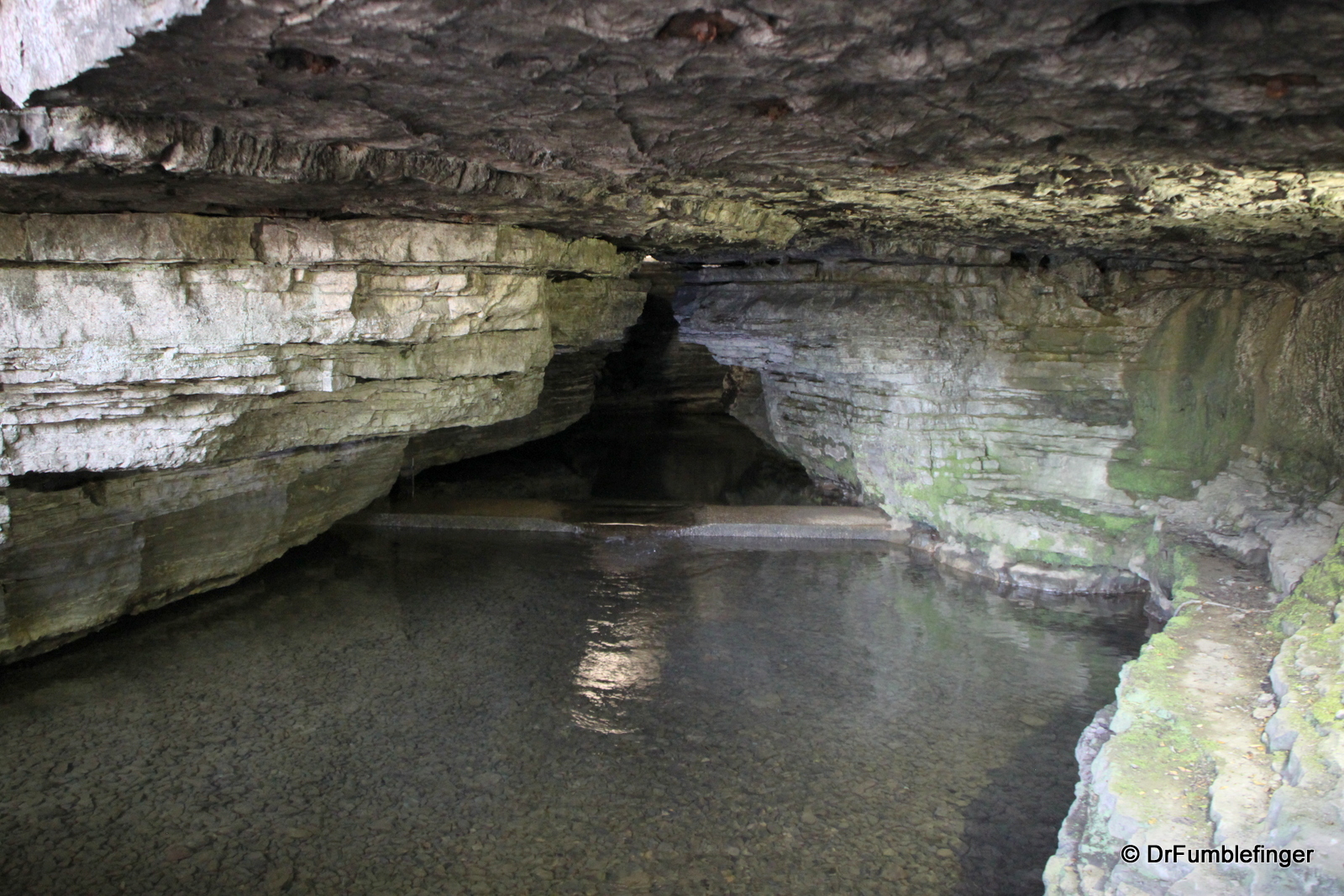
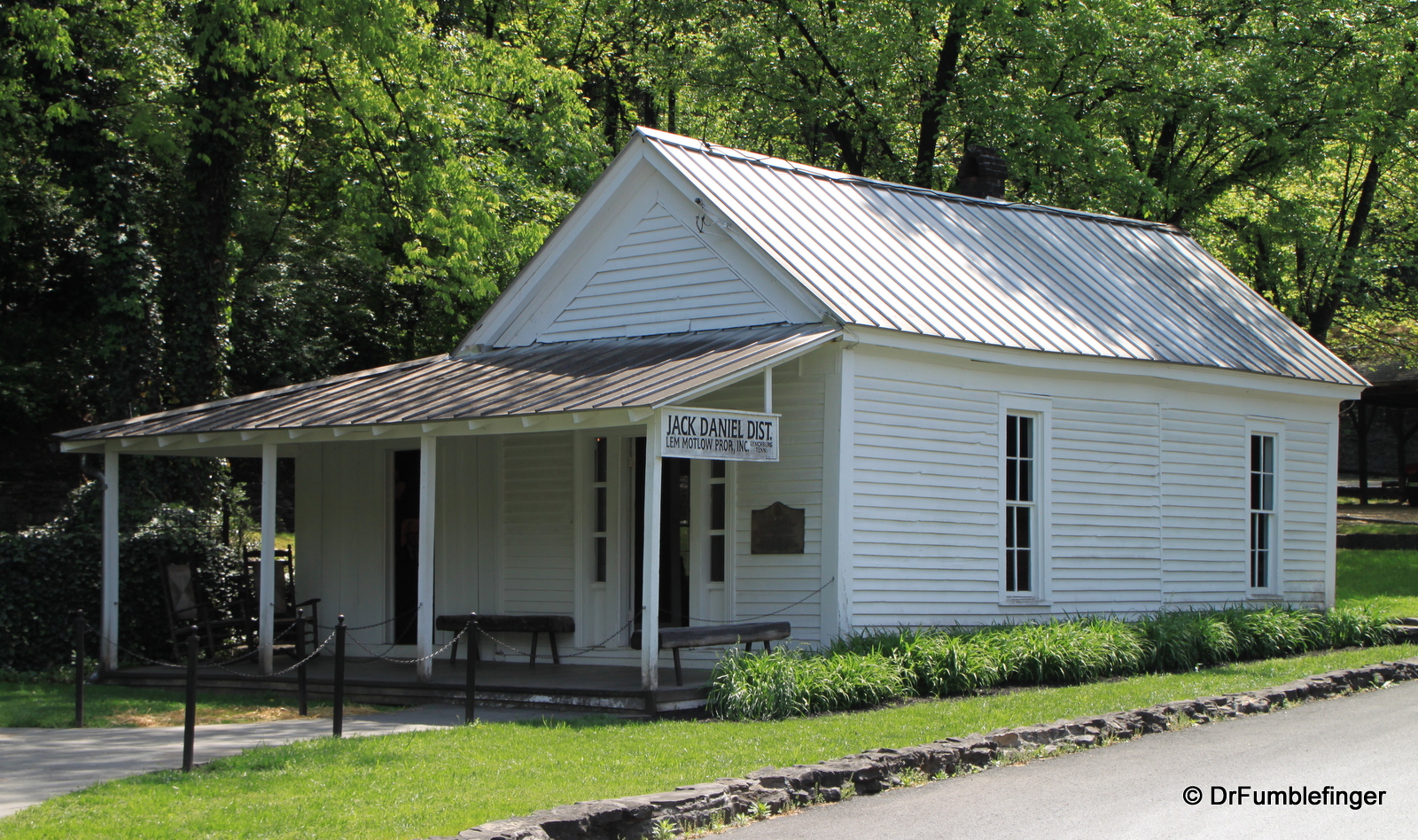
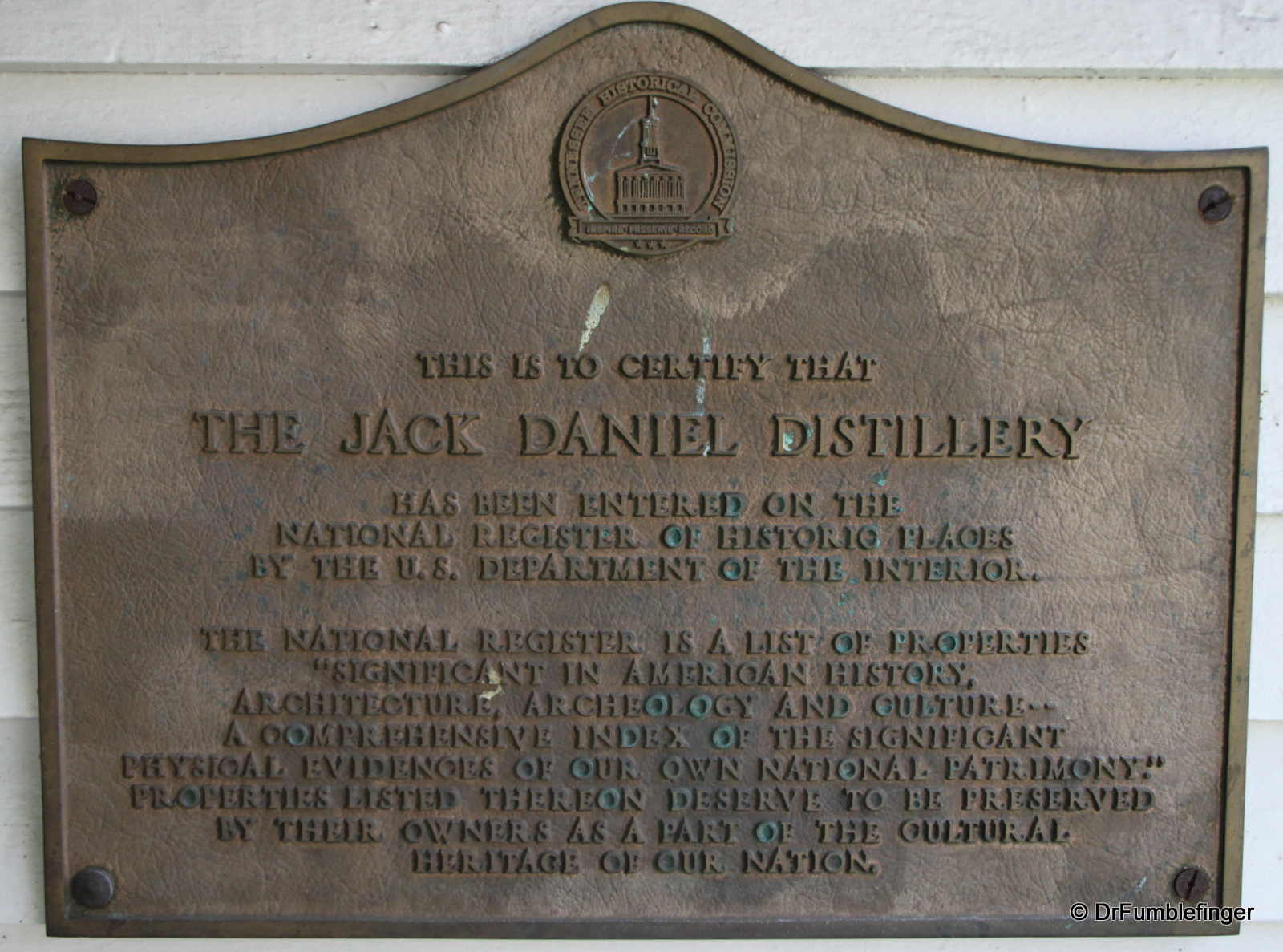
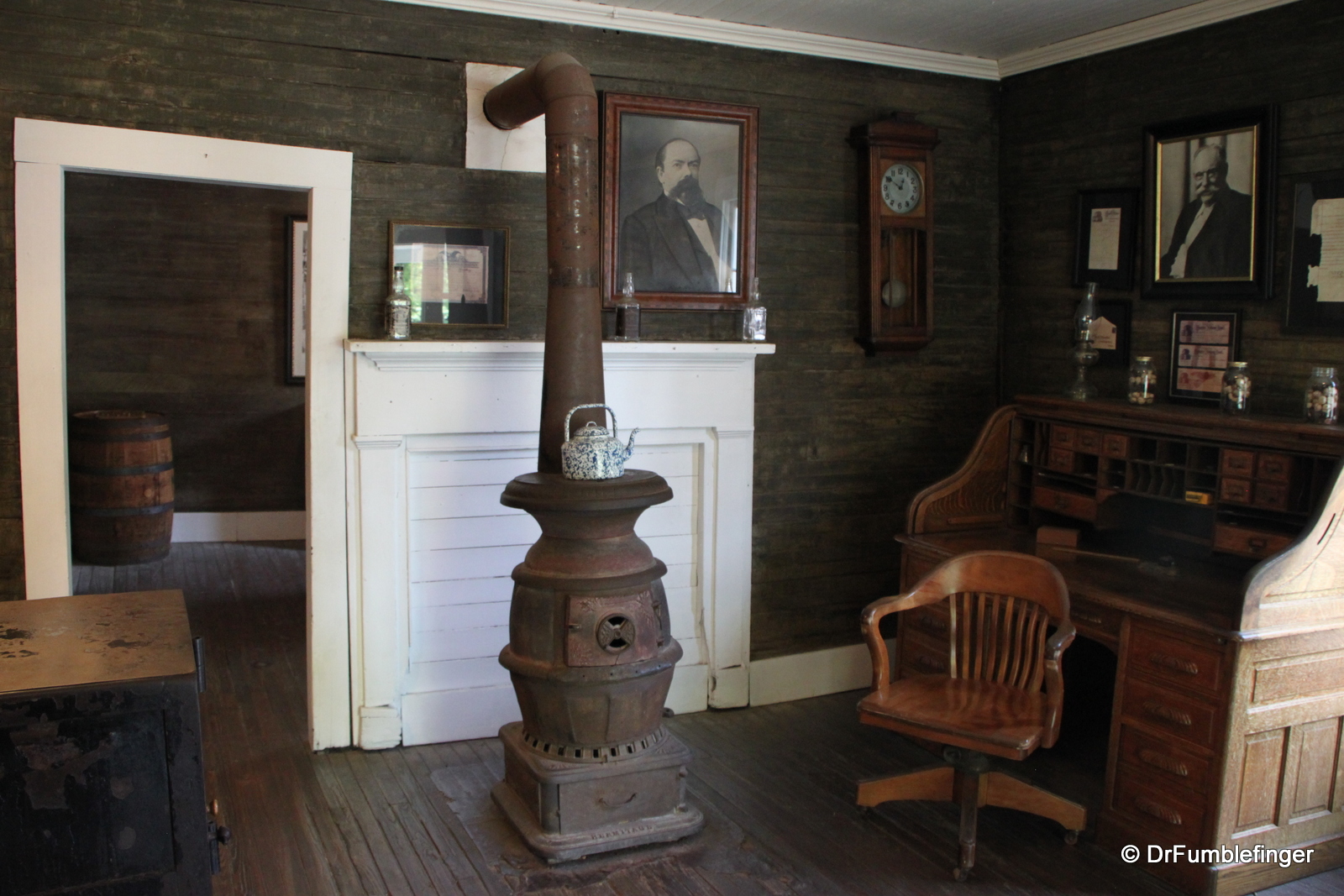

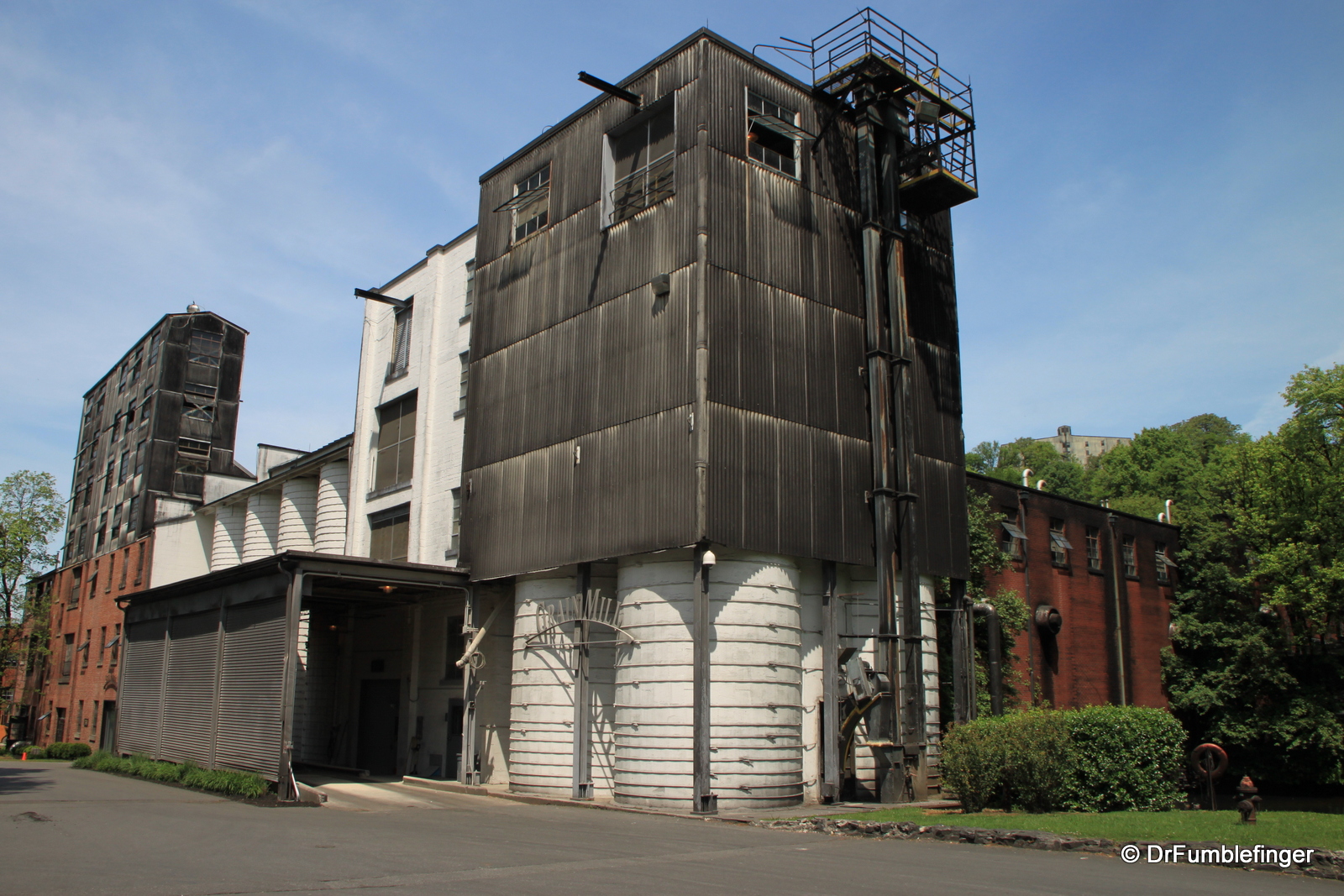
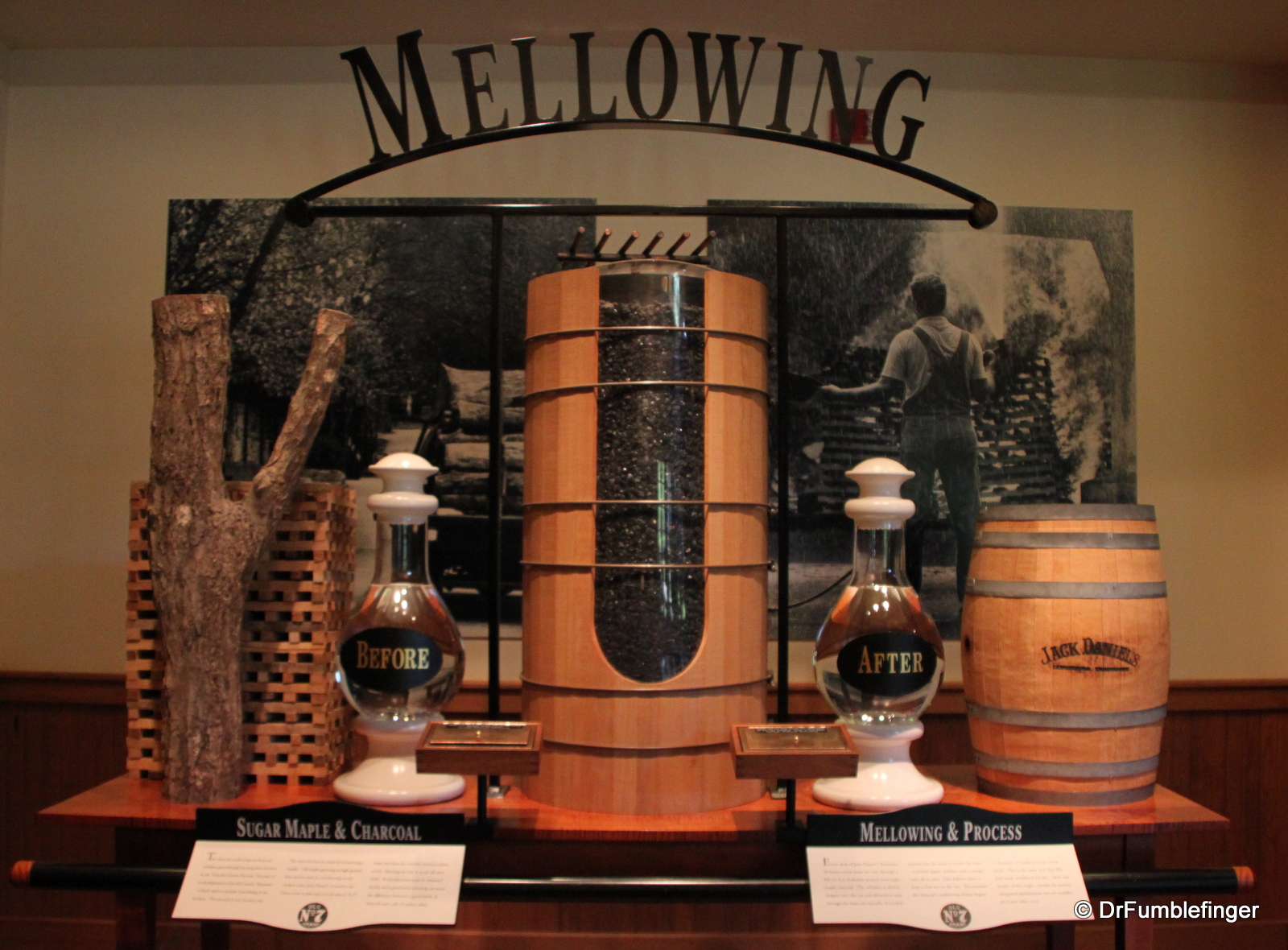
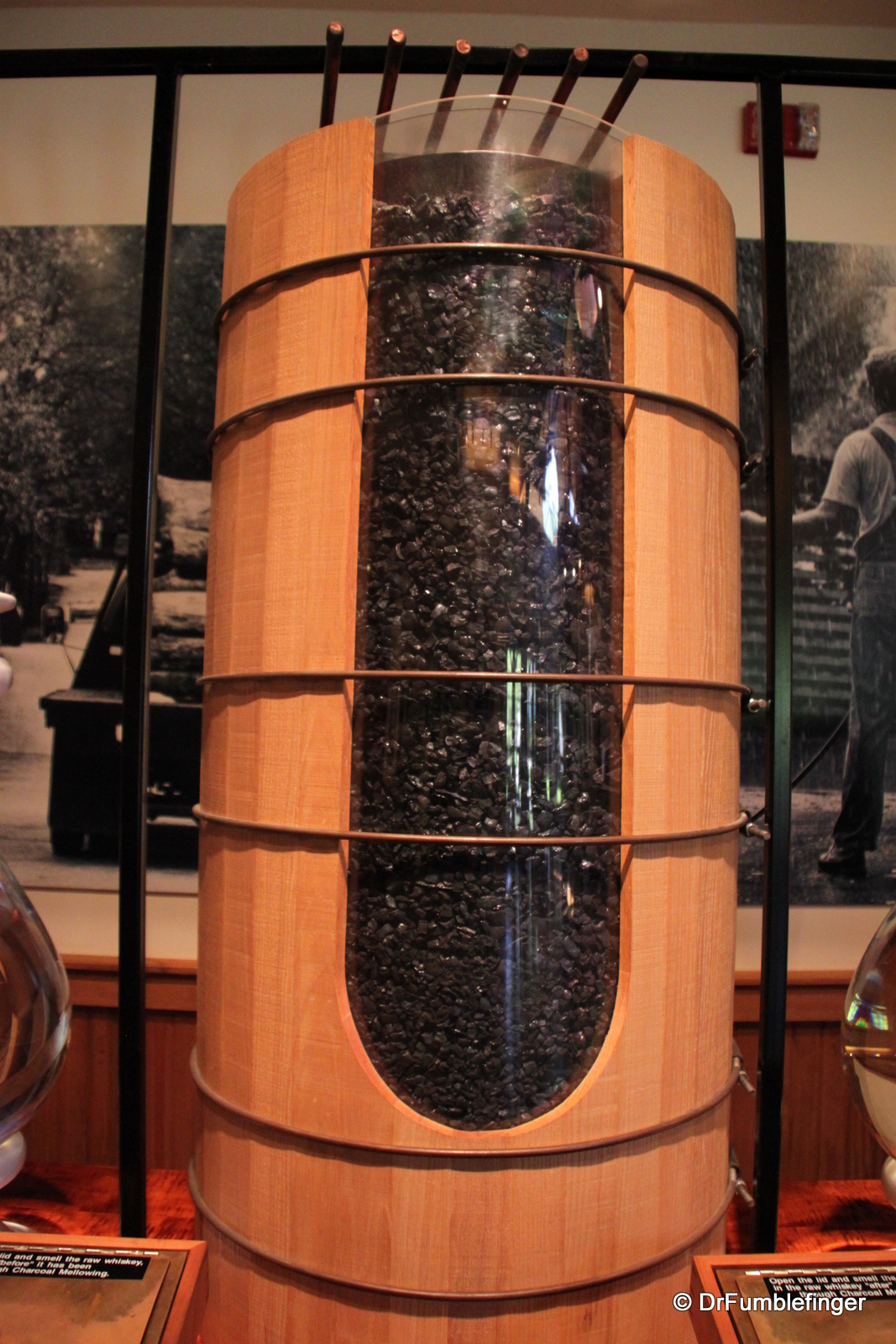
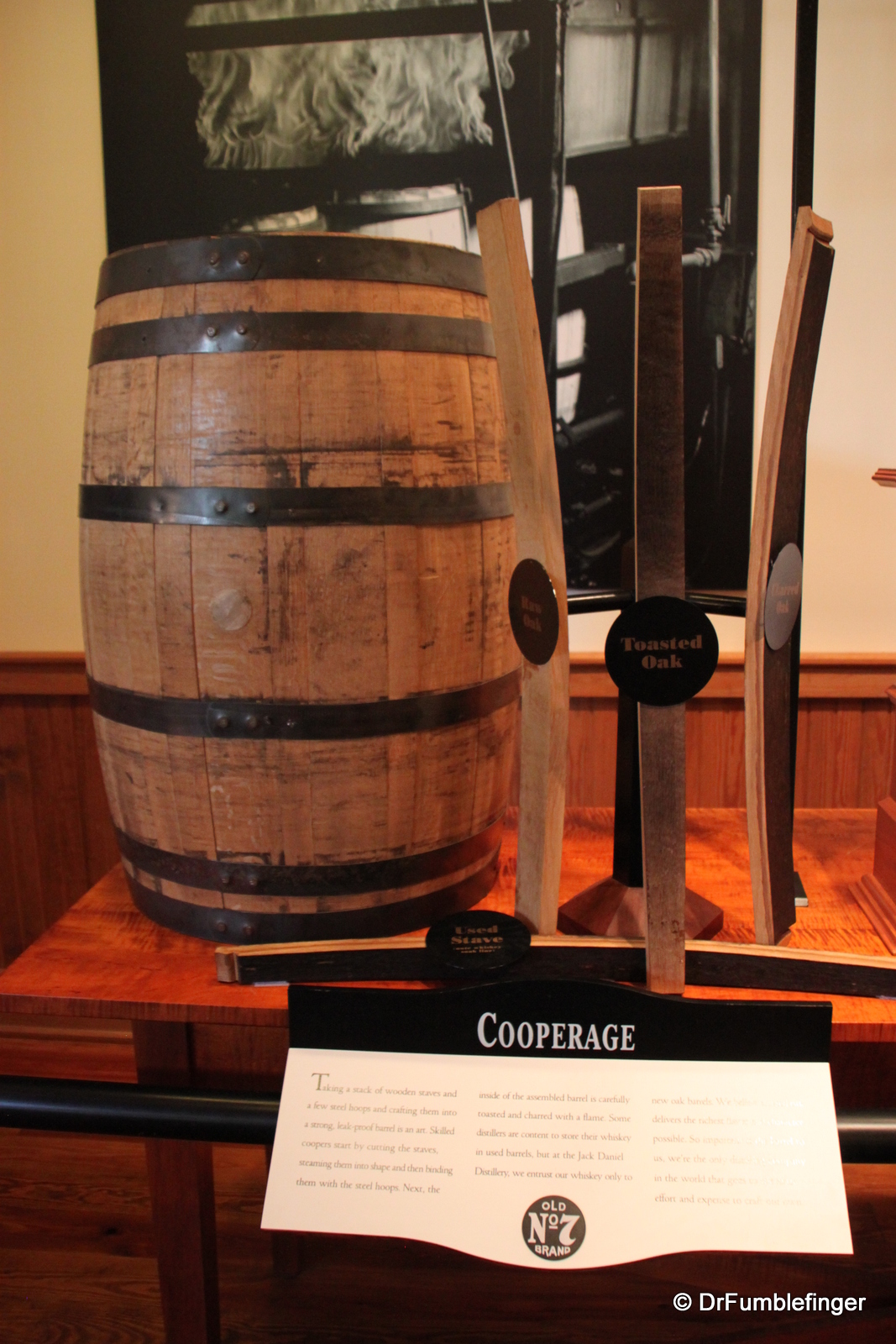
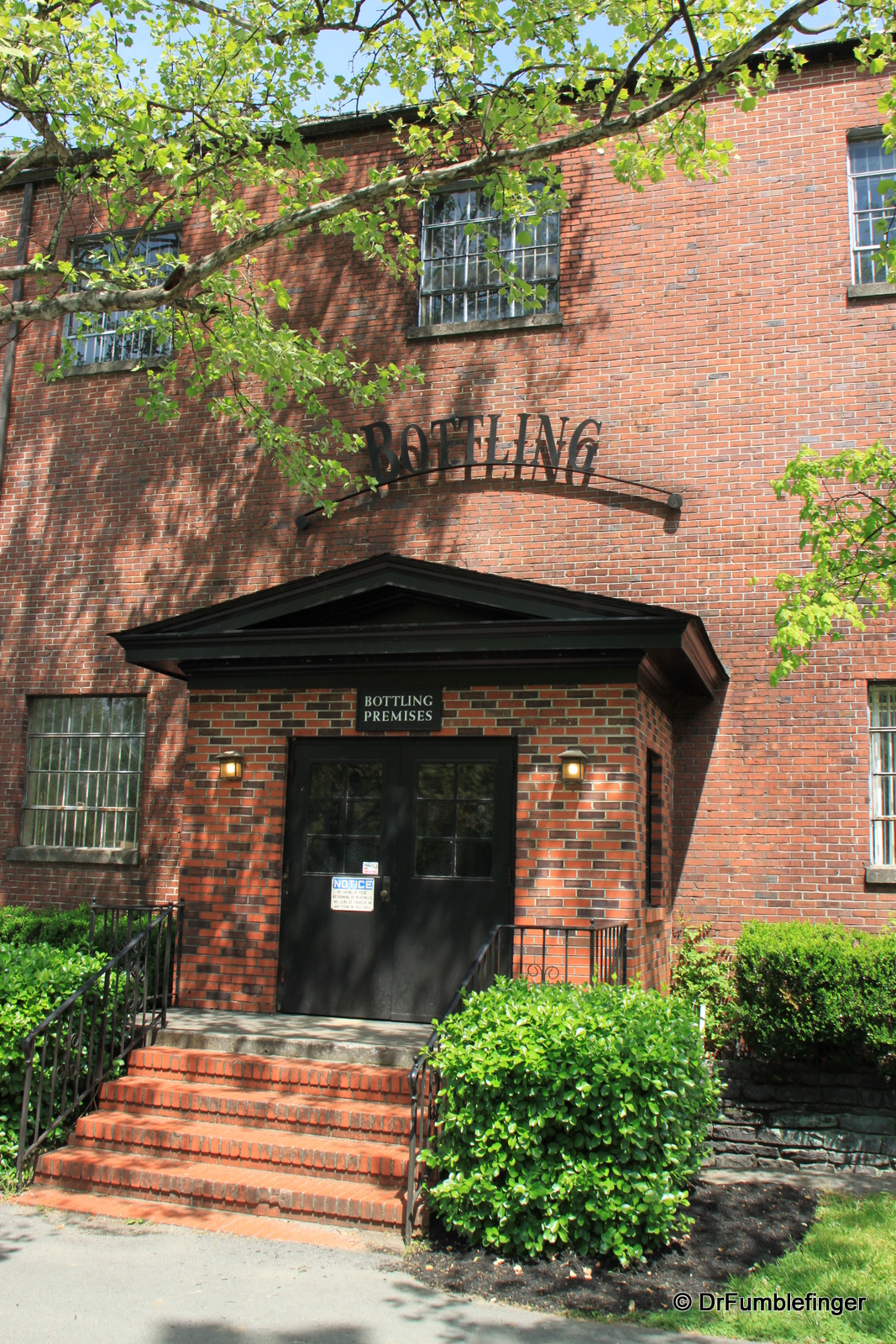
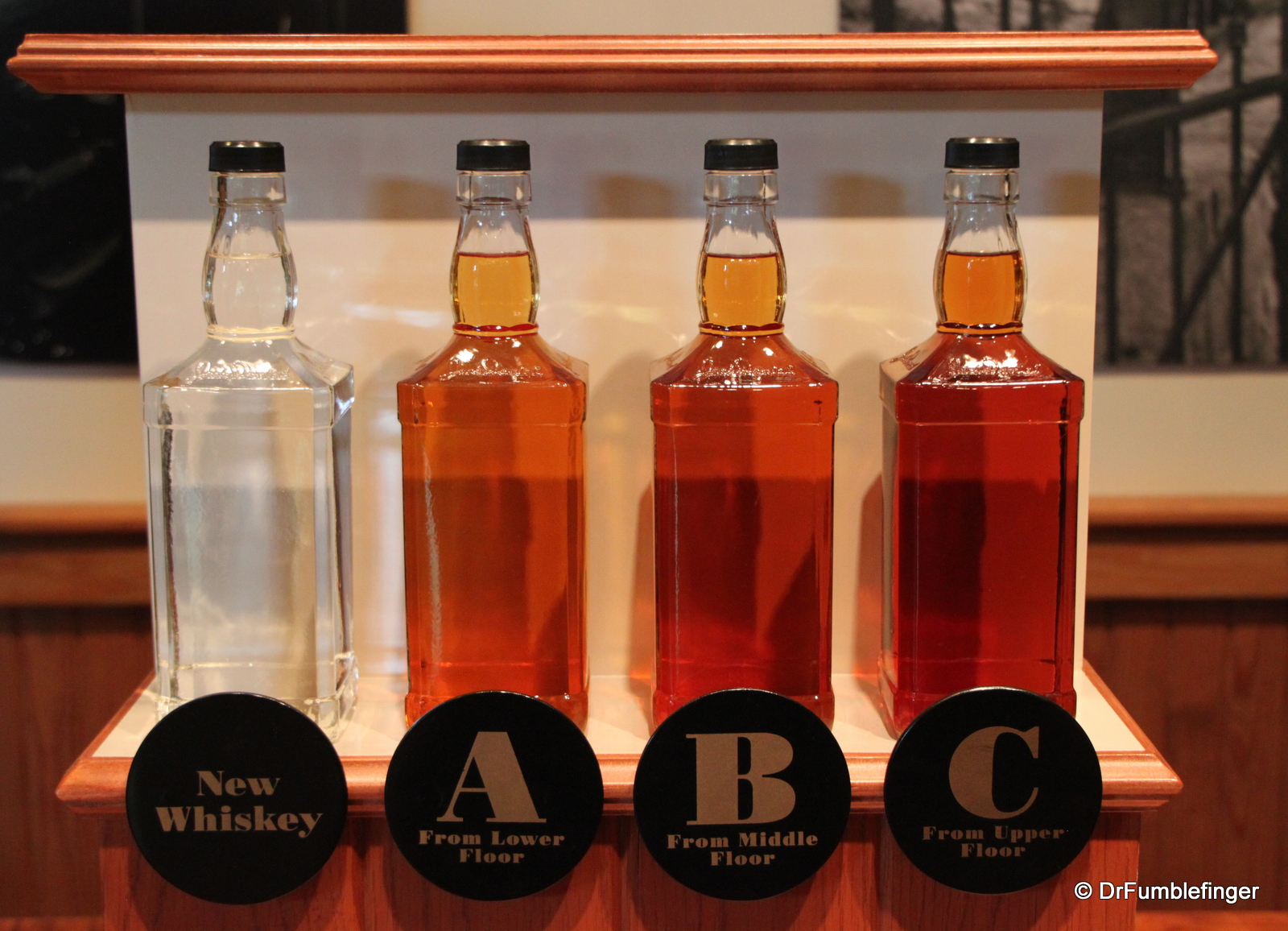

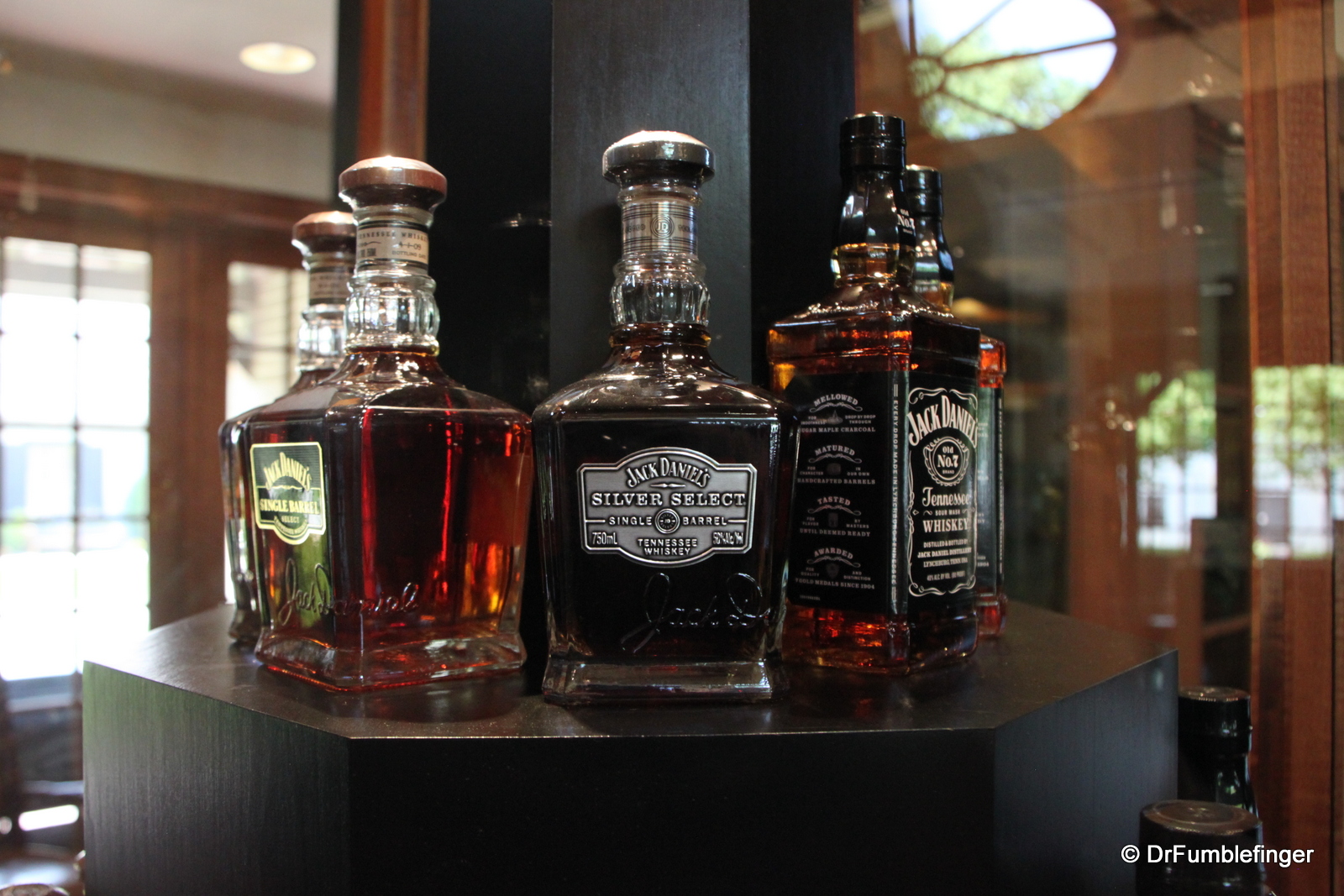
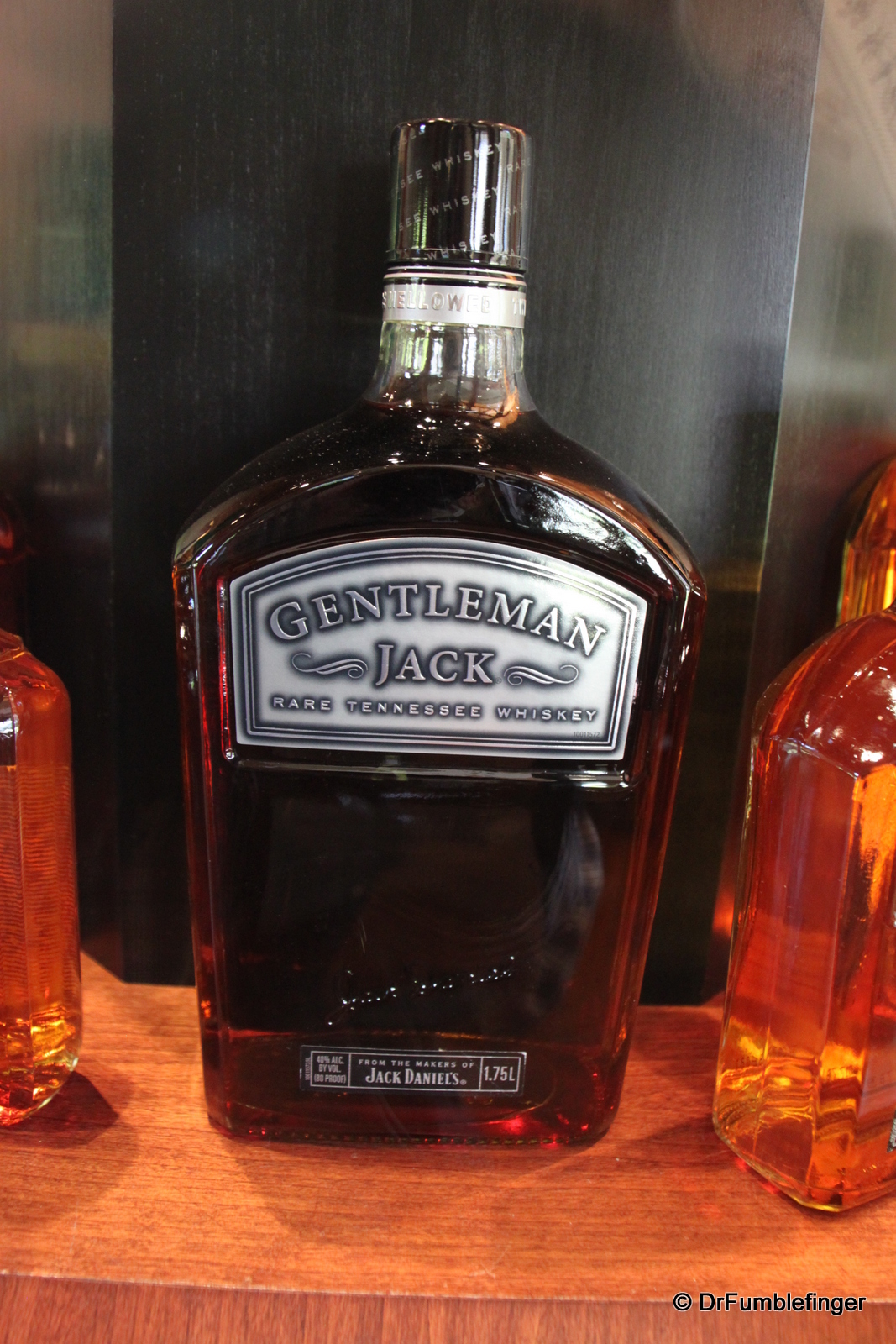

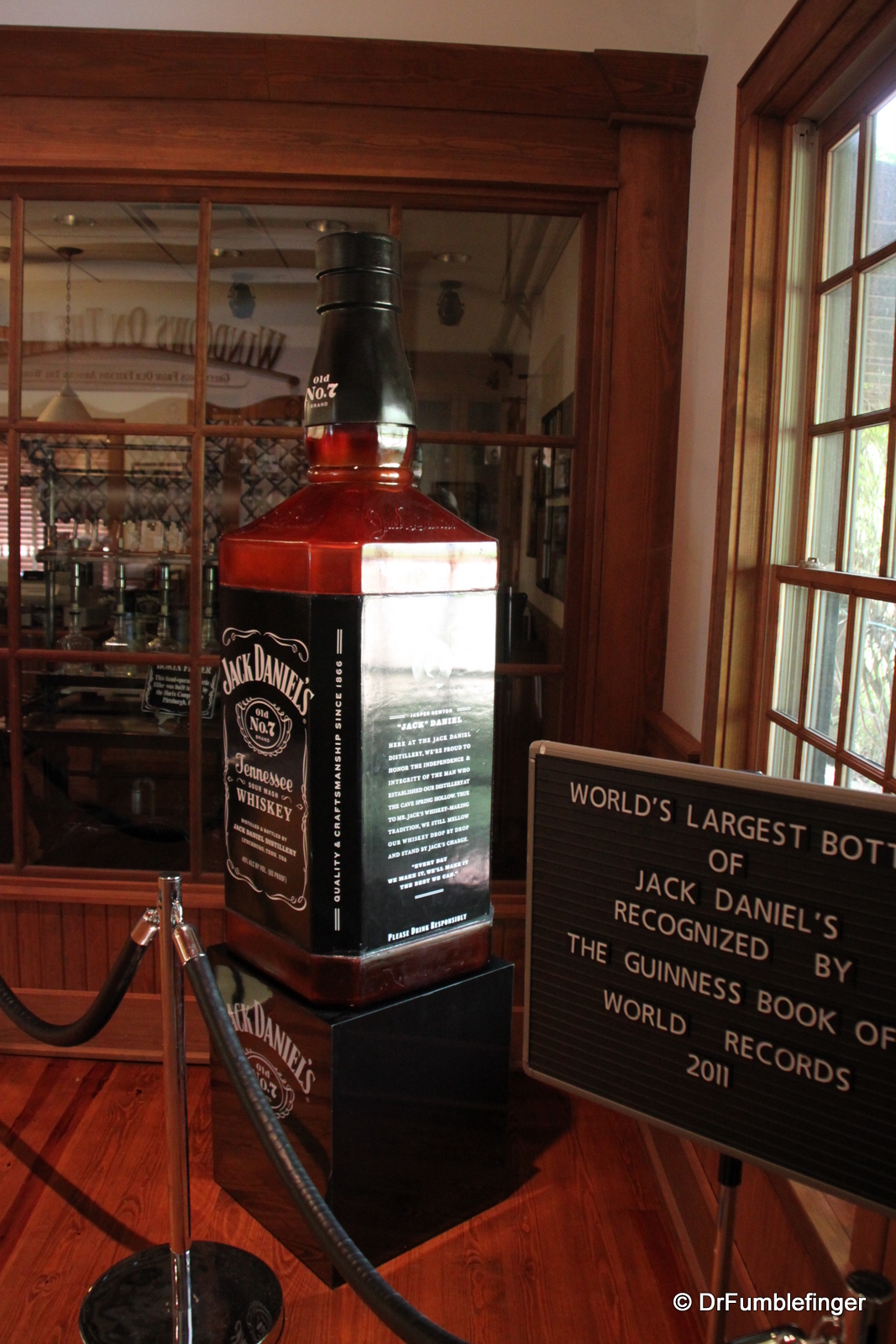
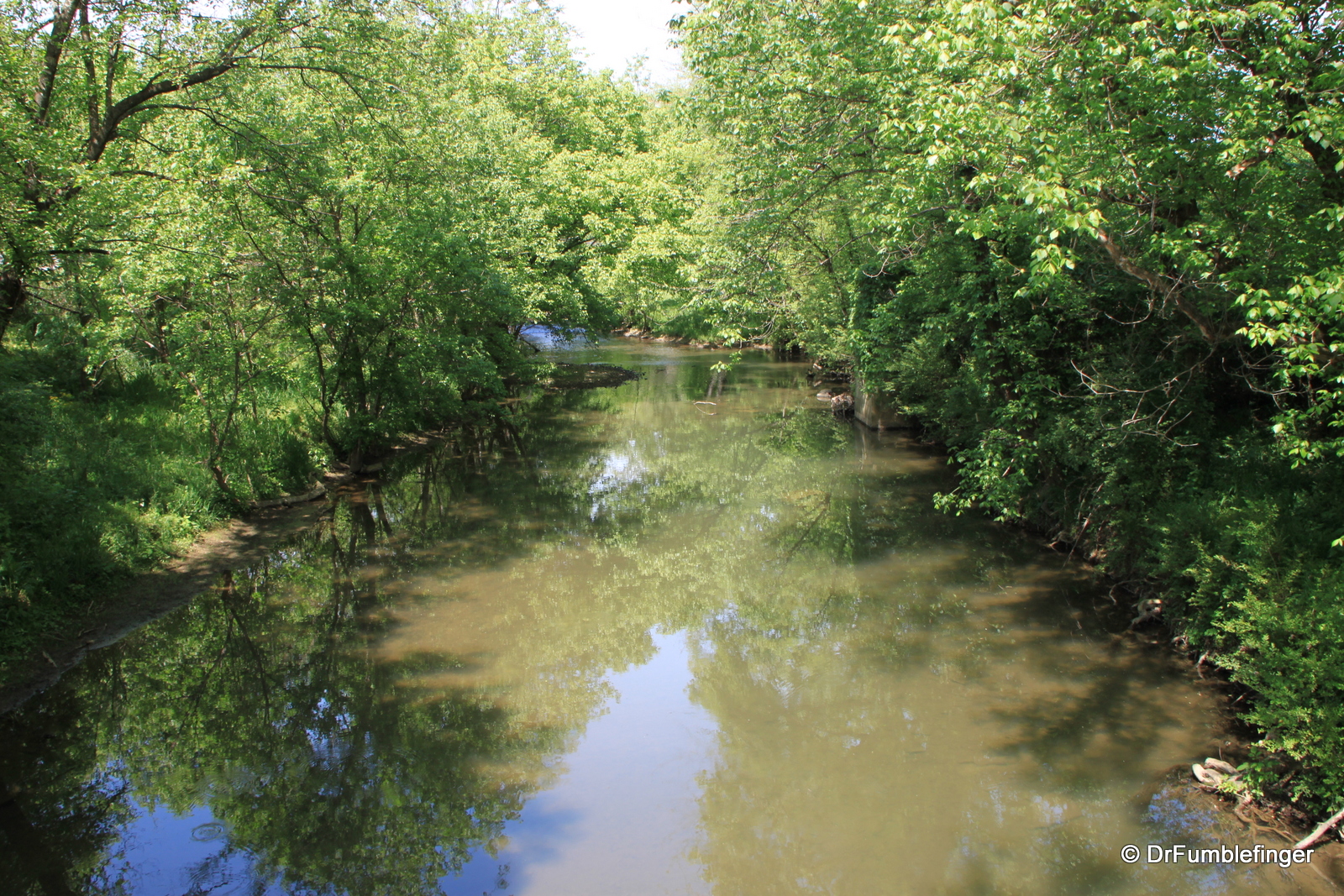
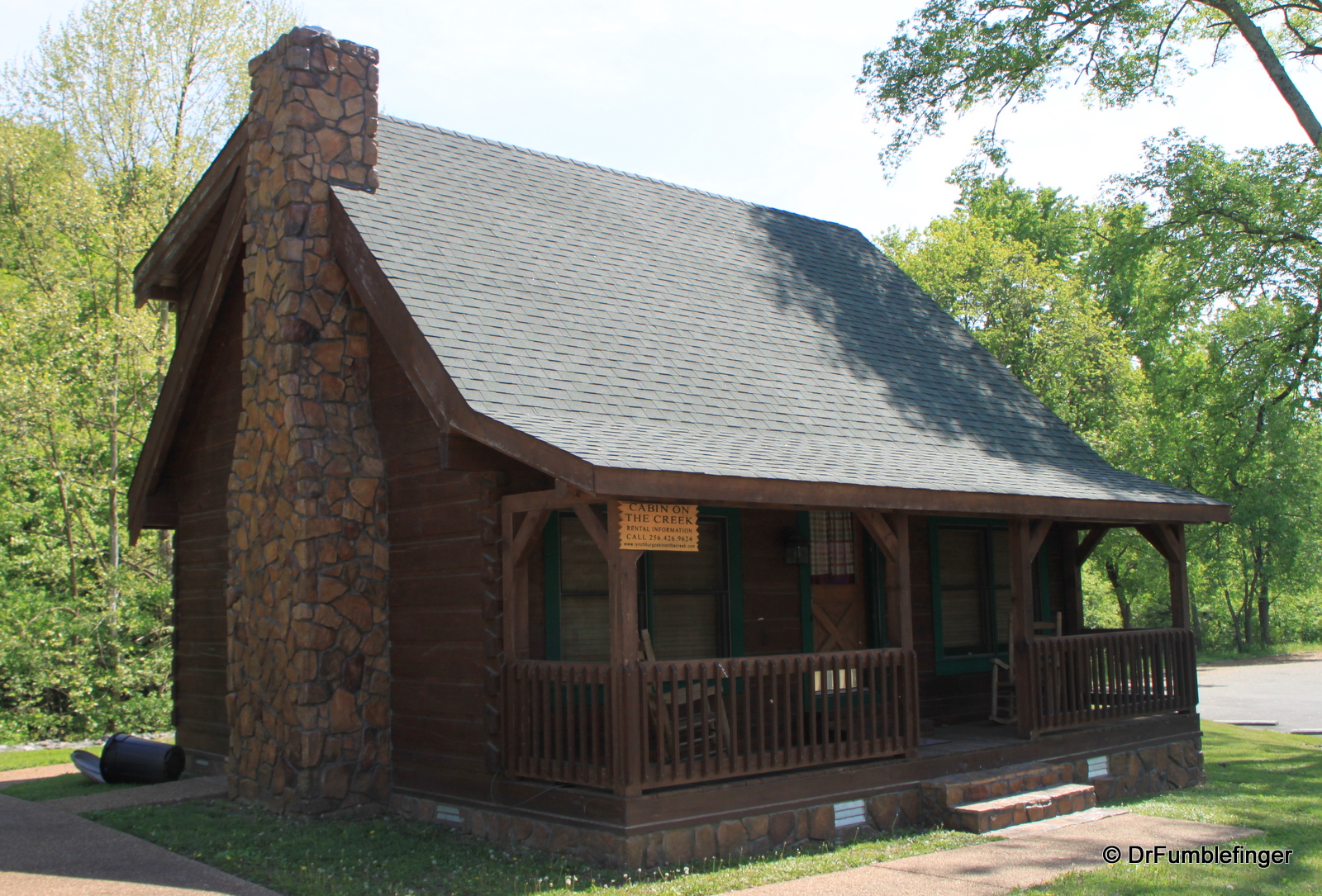

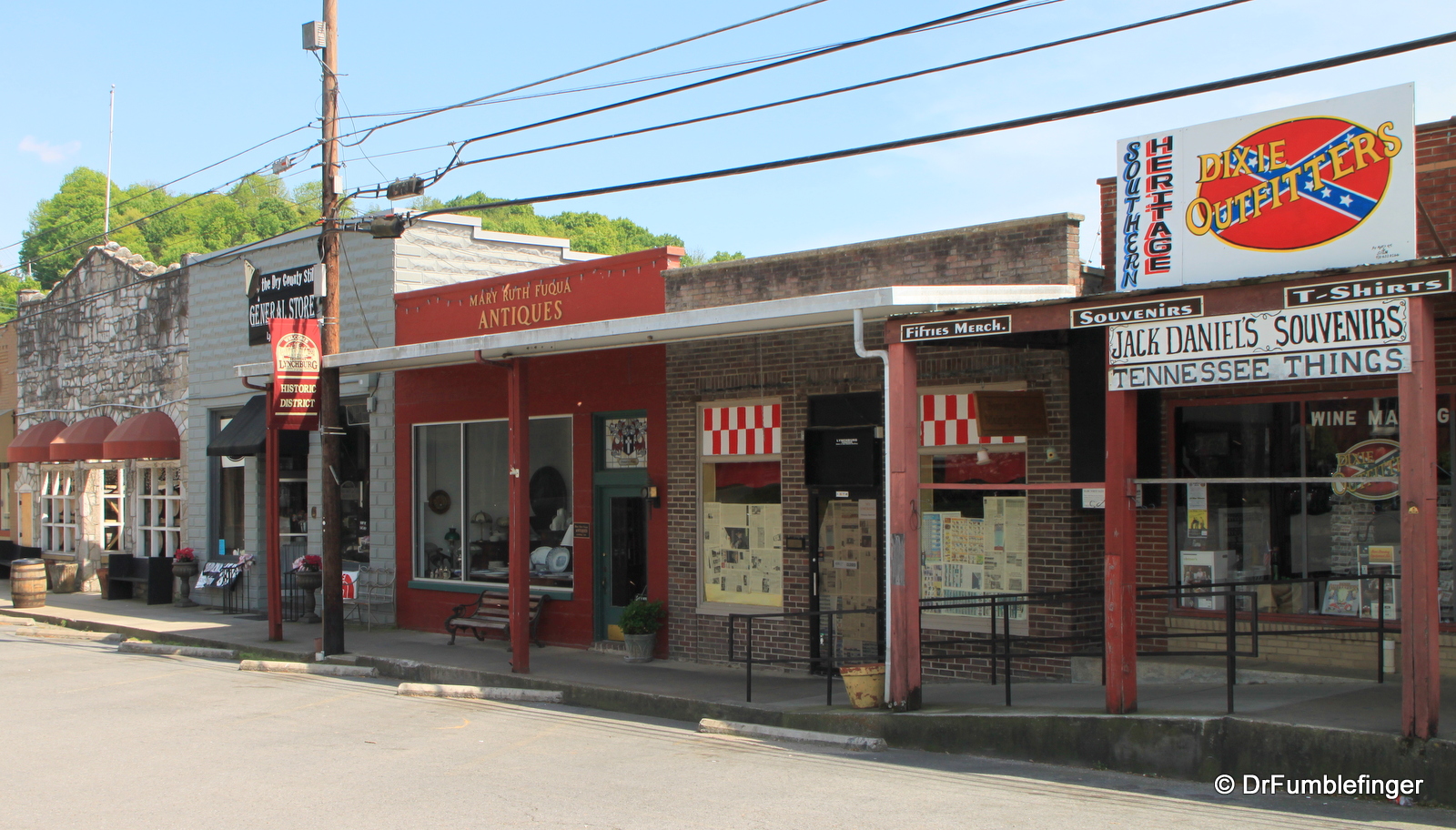

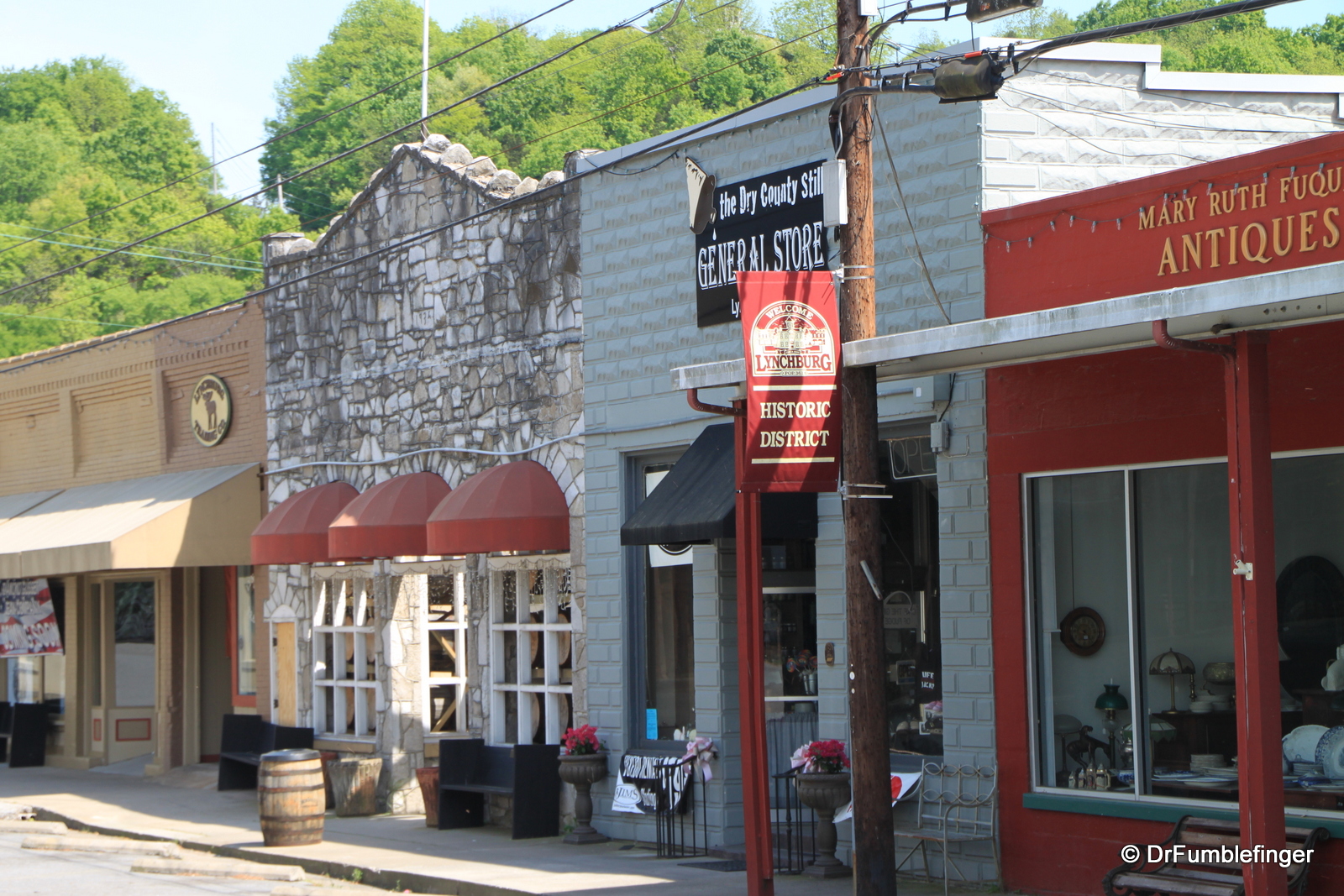

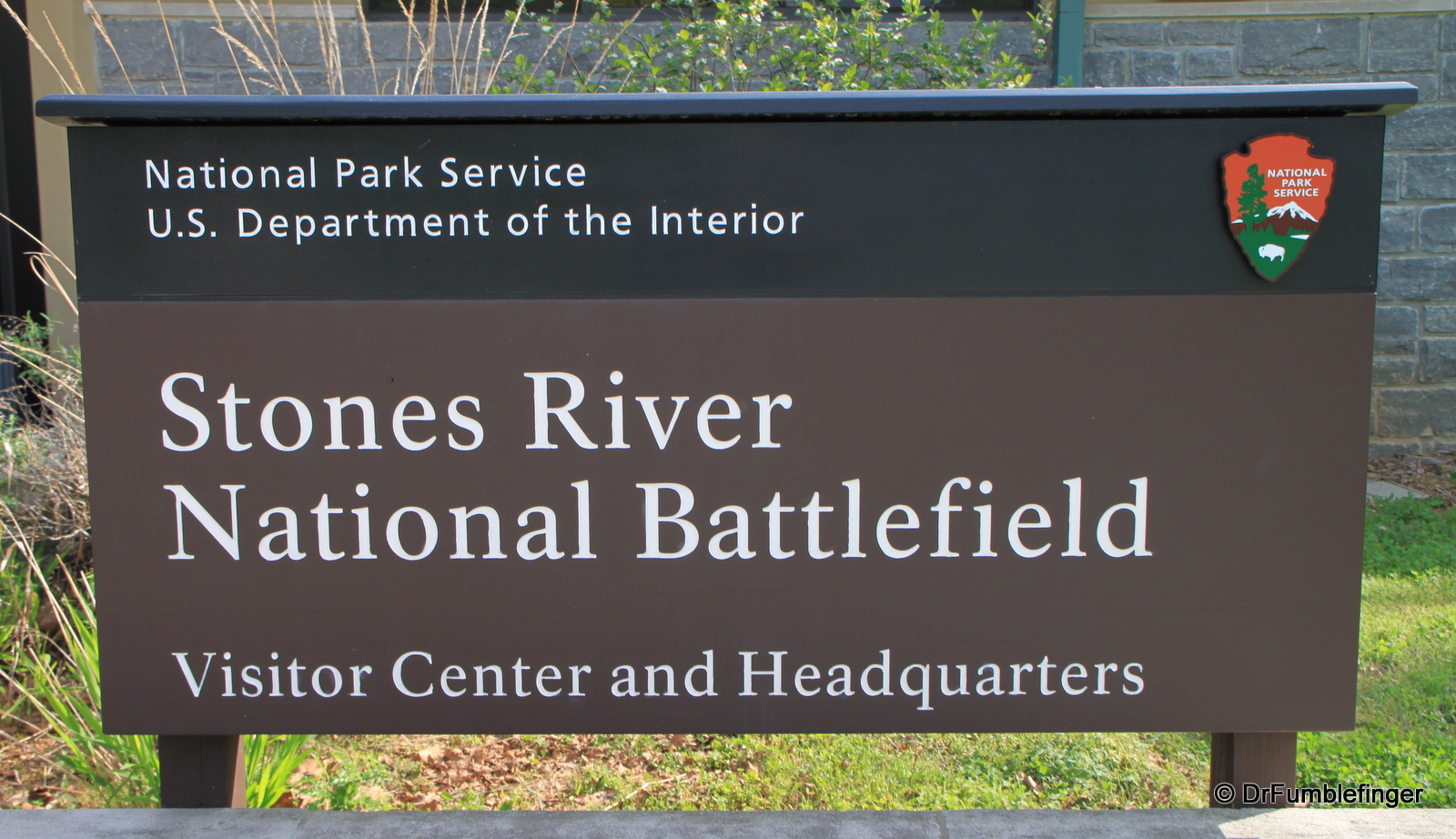



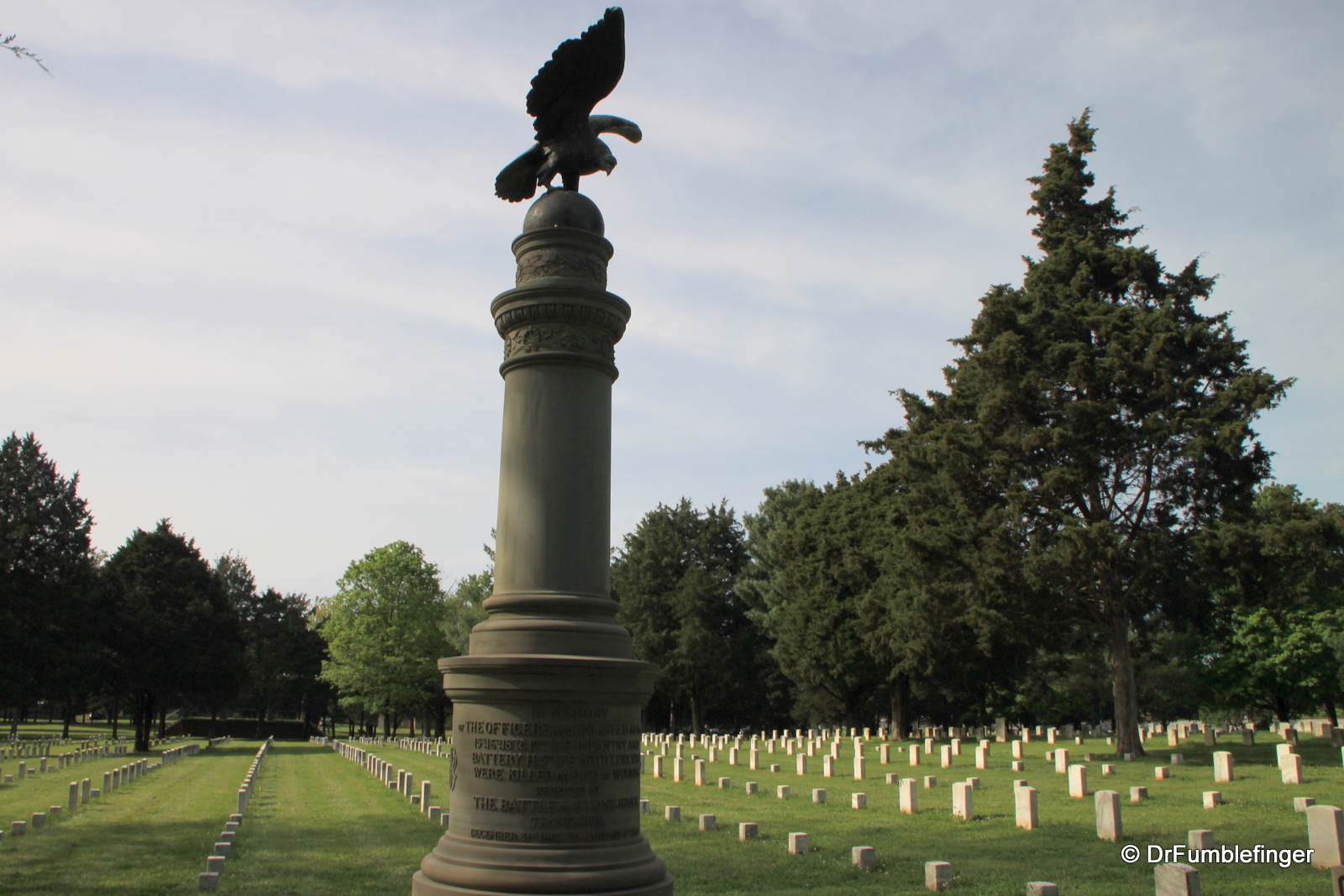


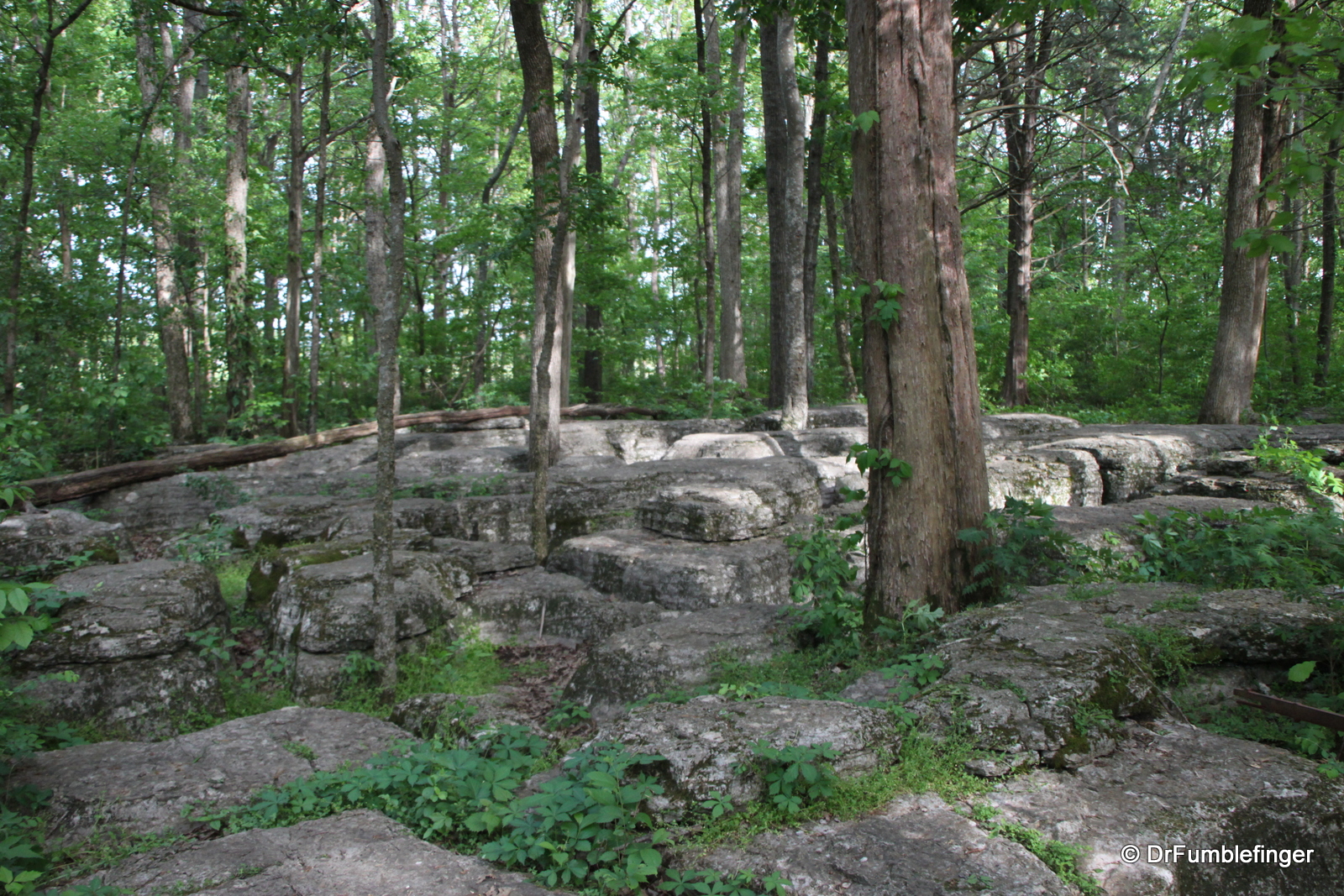
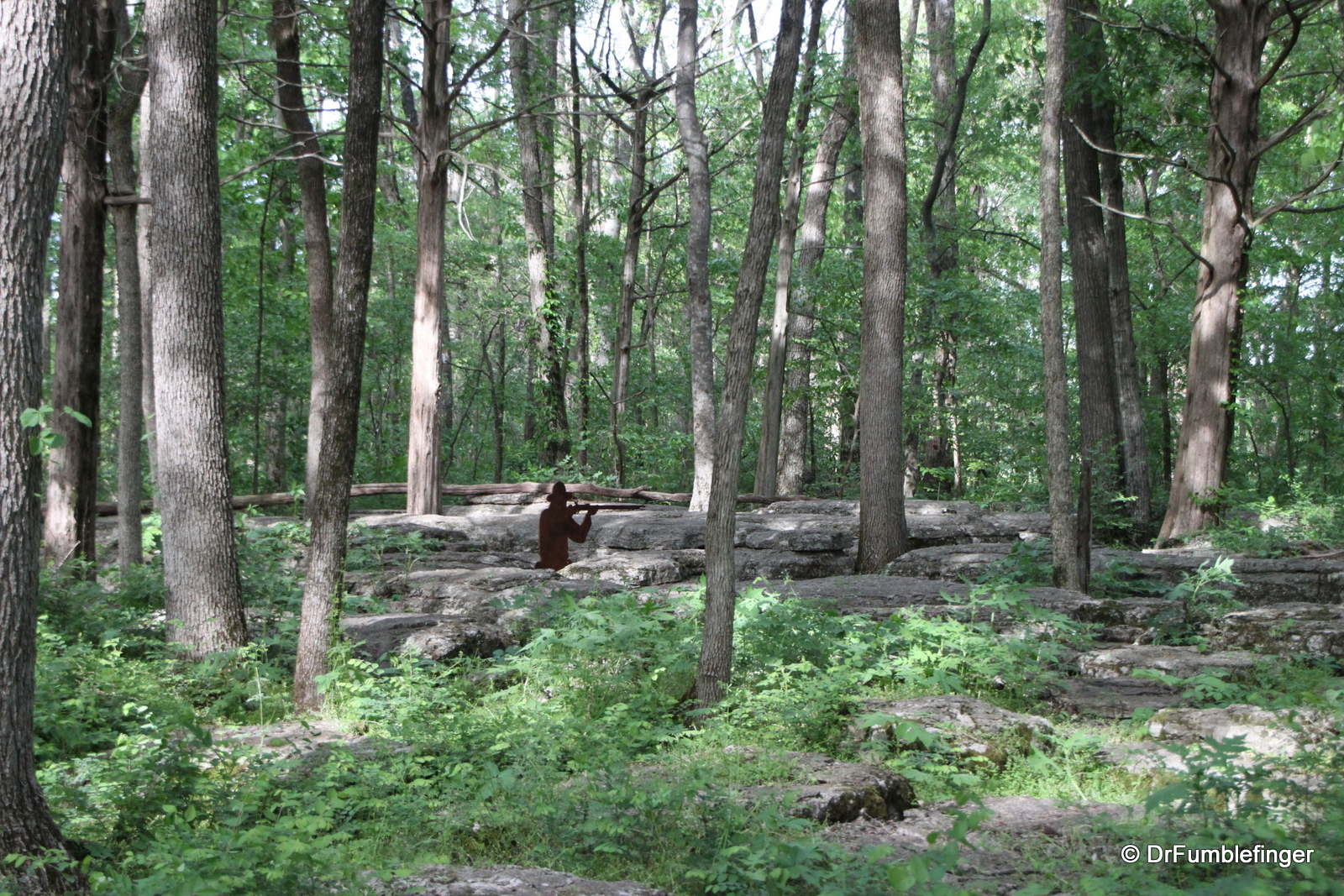

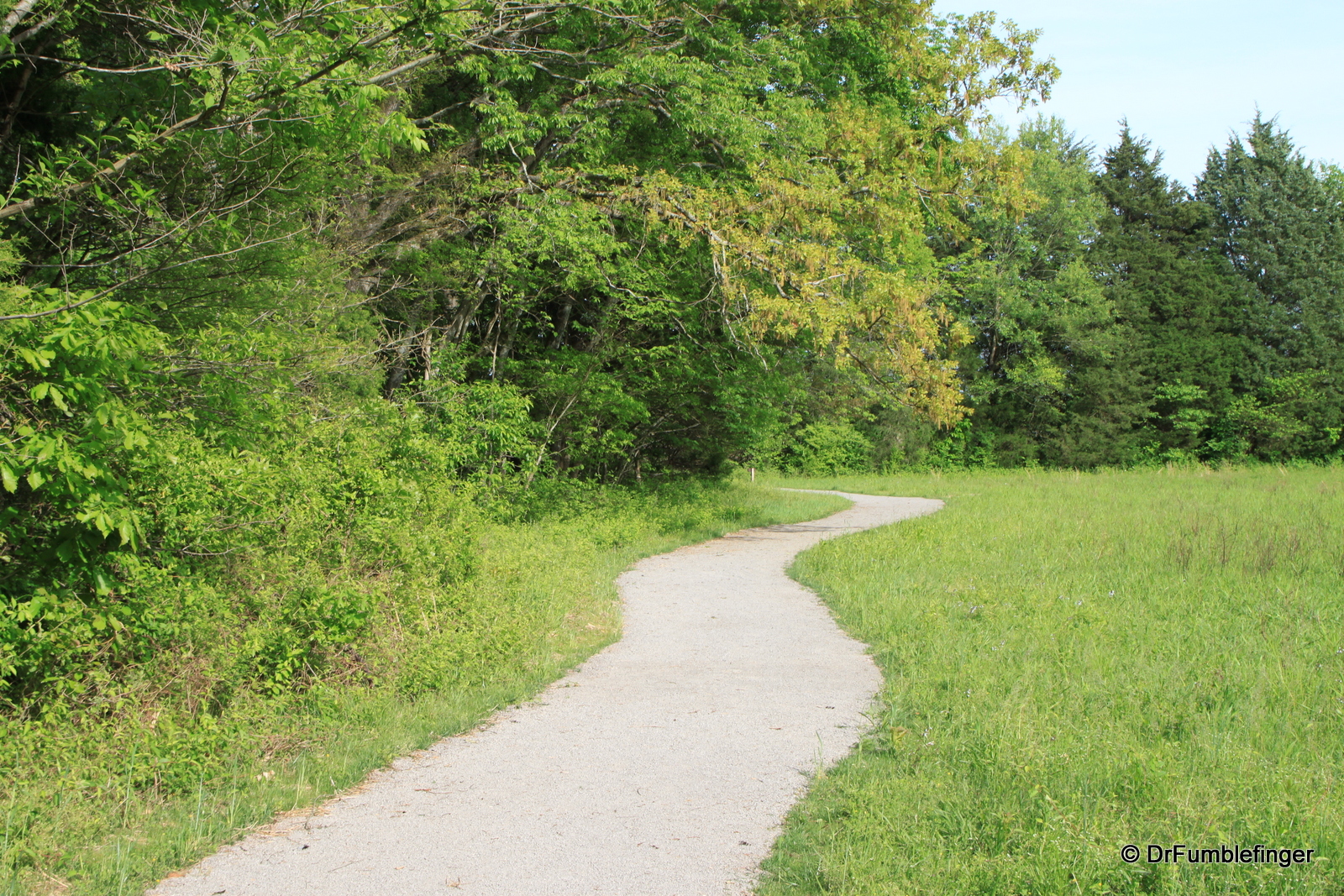



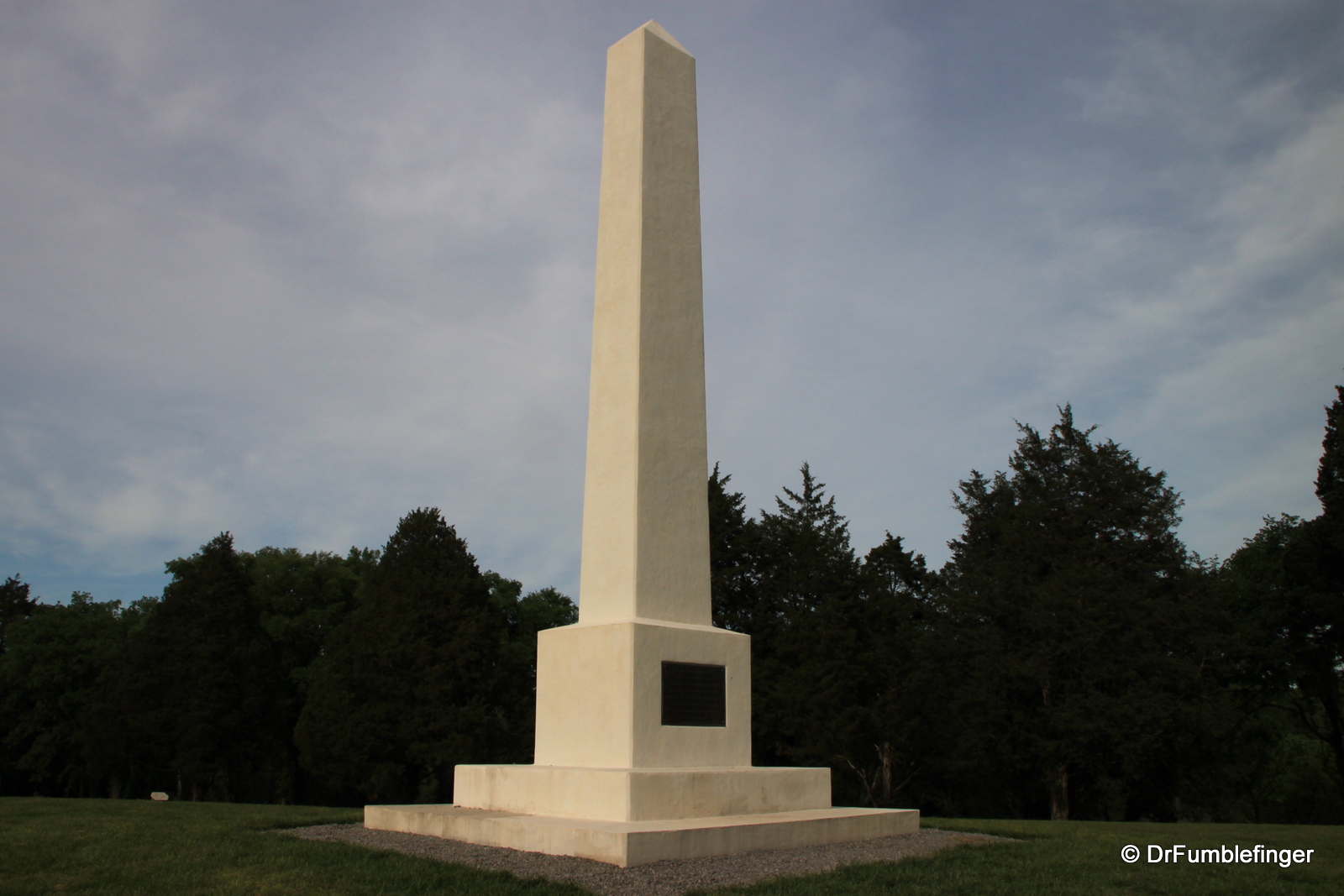

One Response to Lynchburg: A visit to the Jack Daniels’ distillery